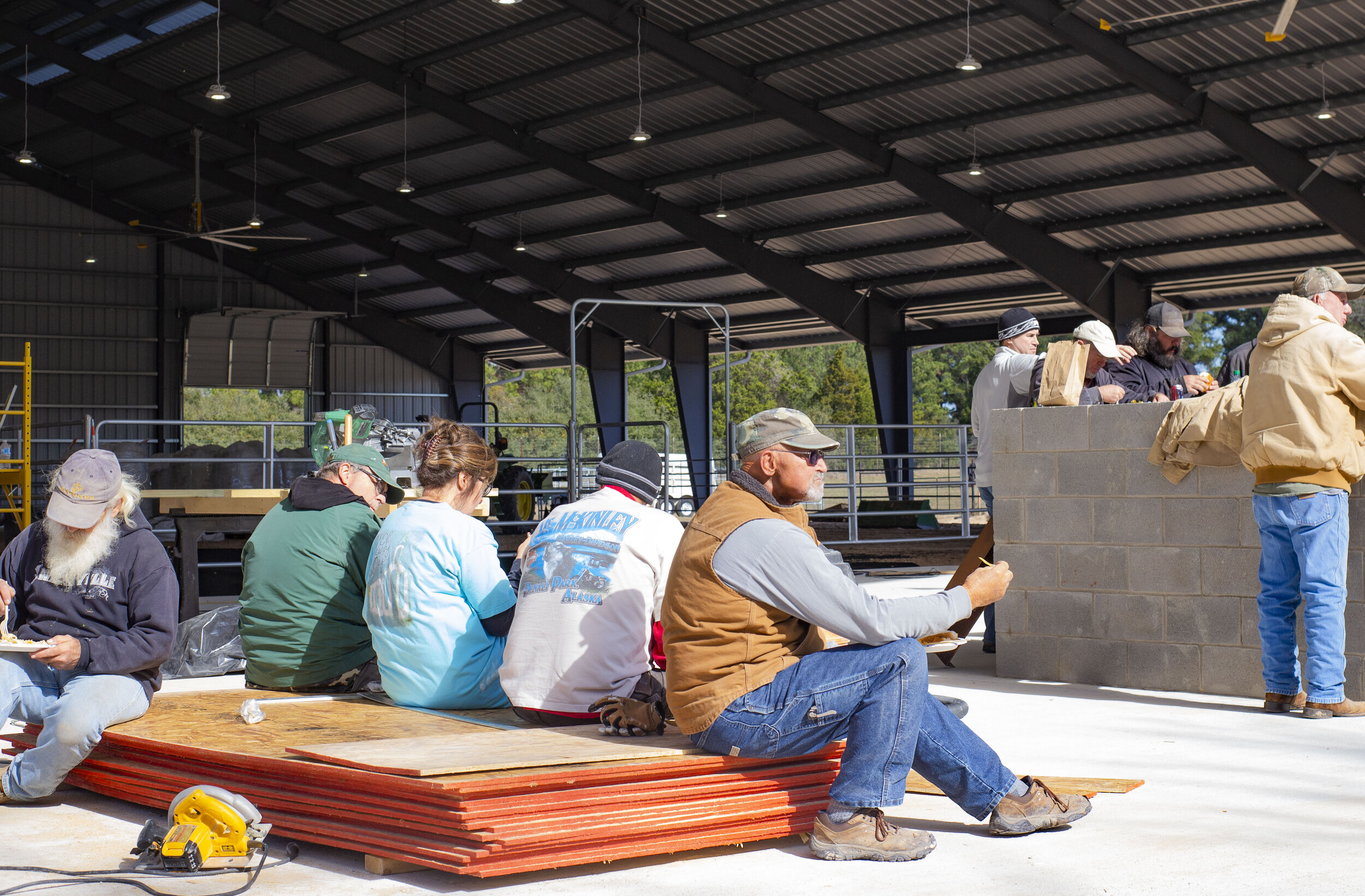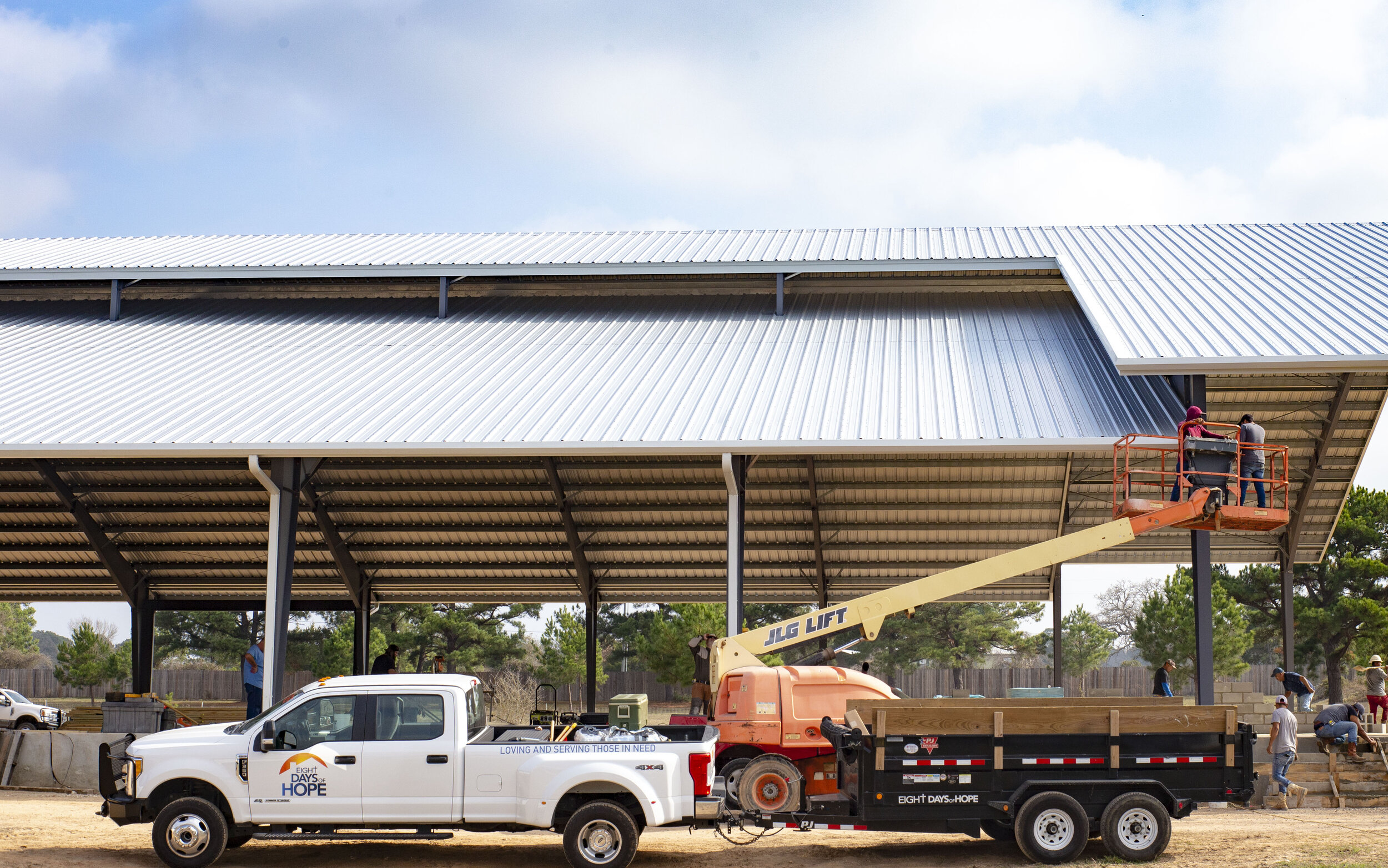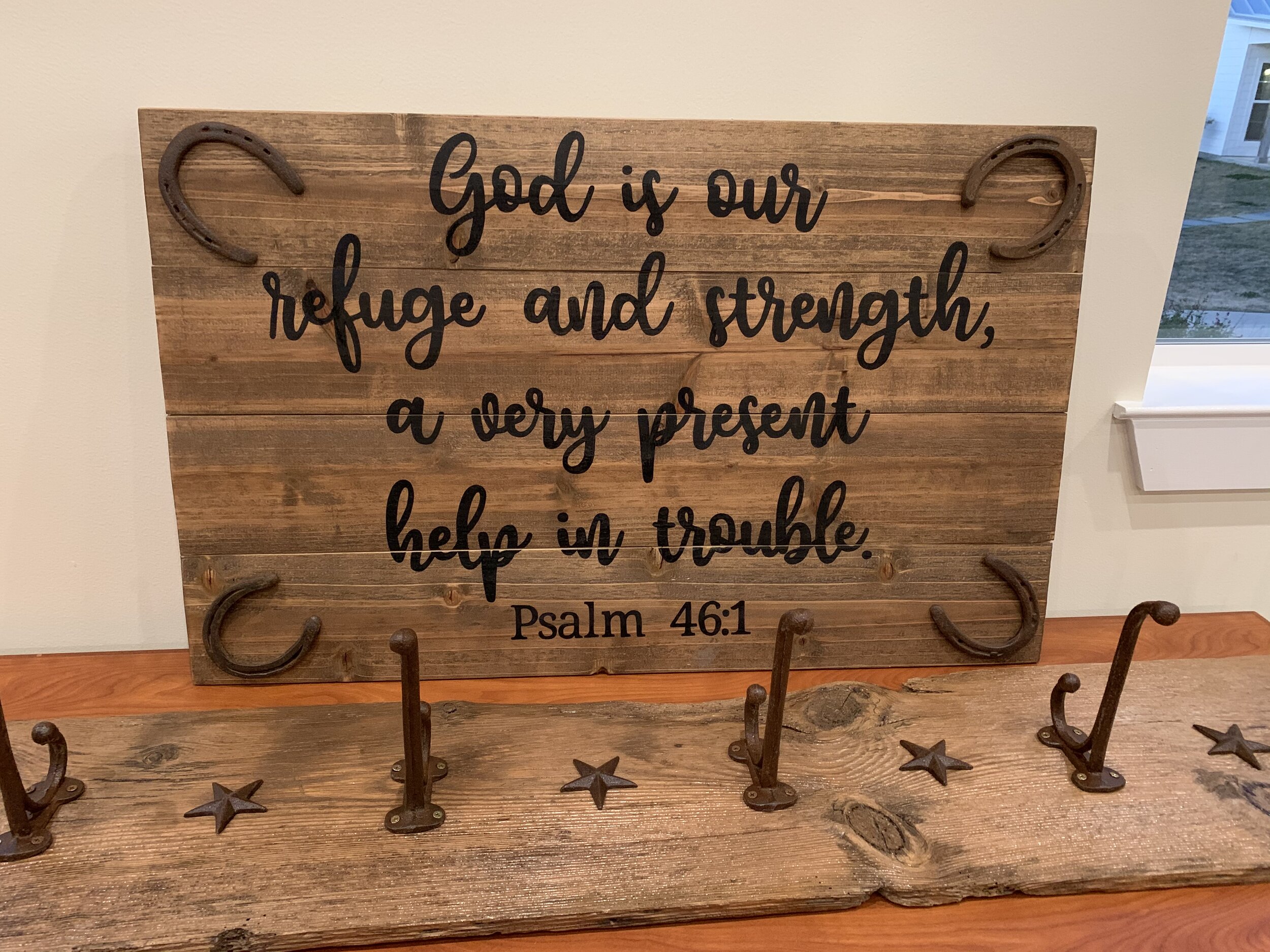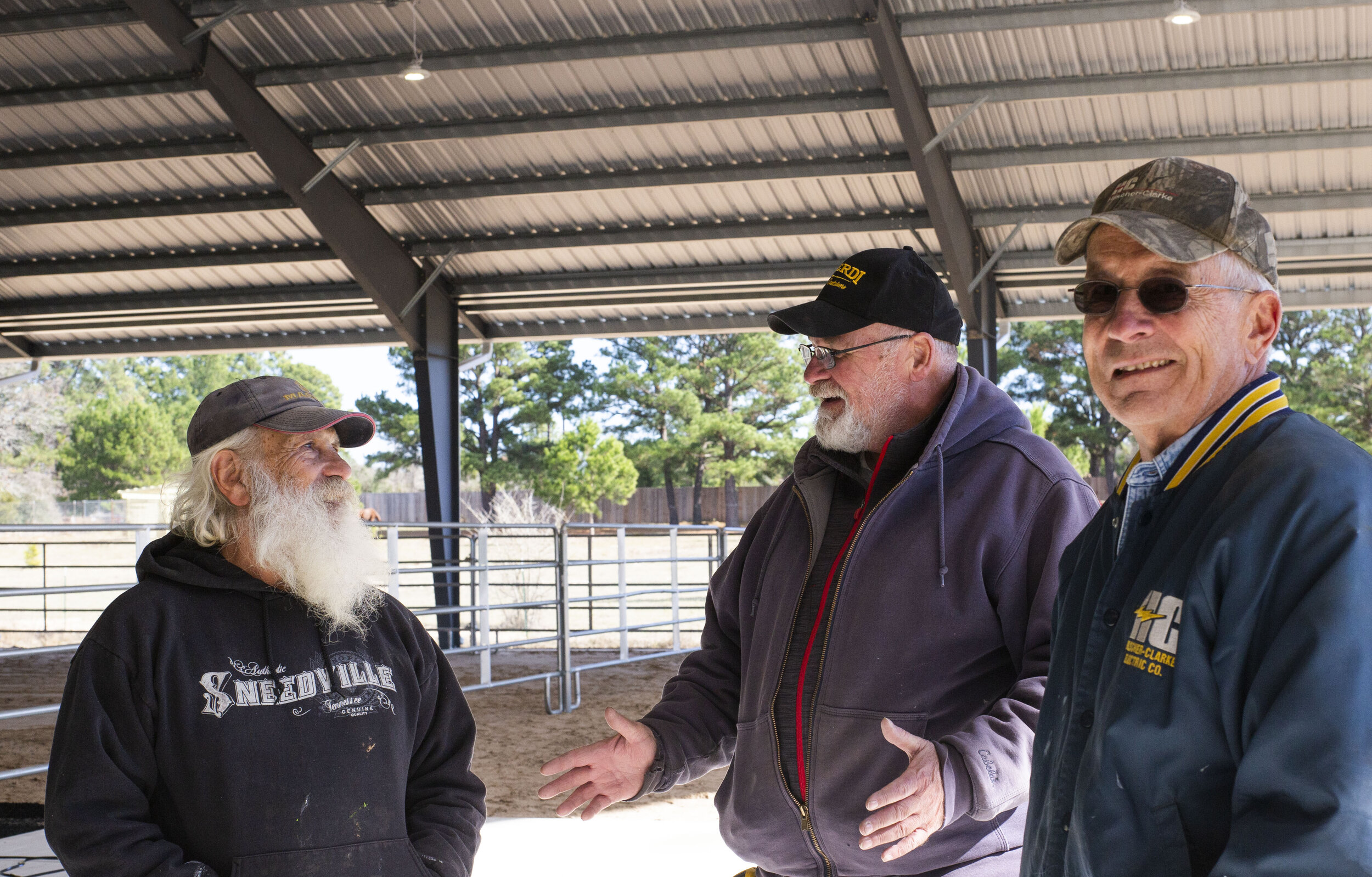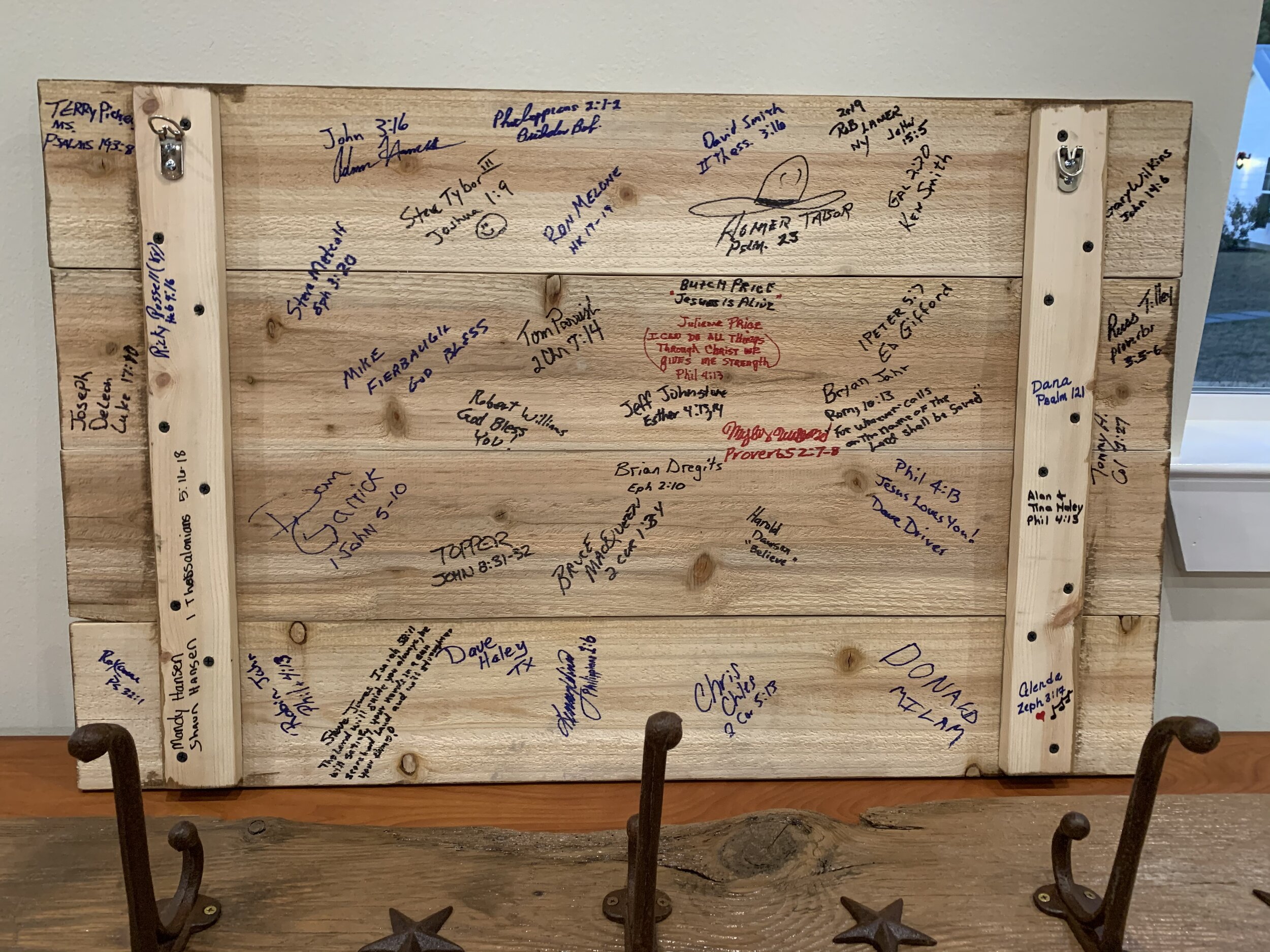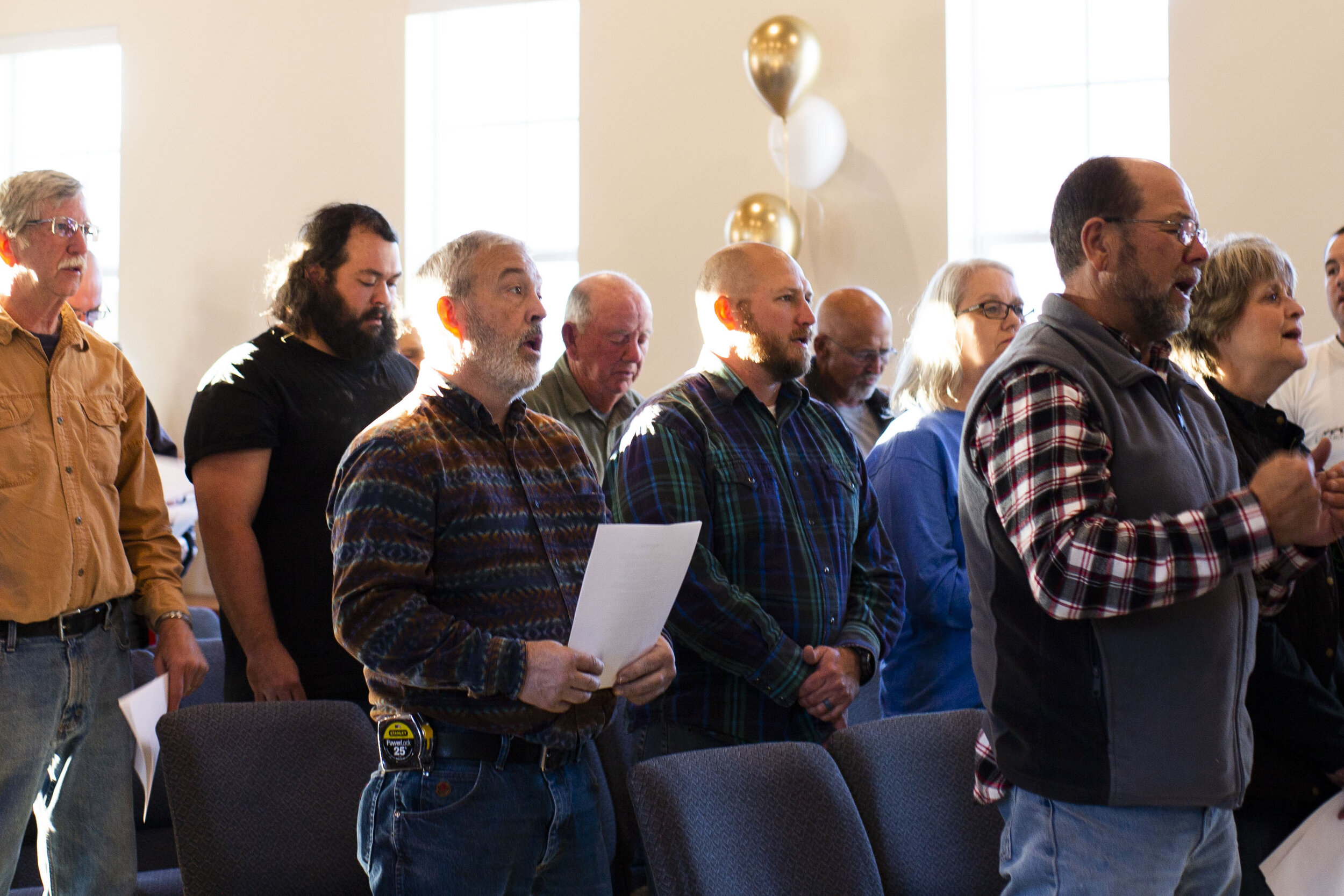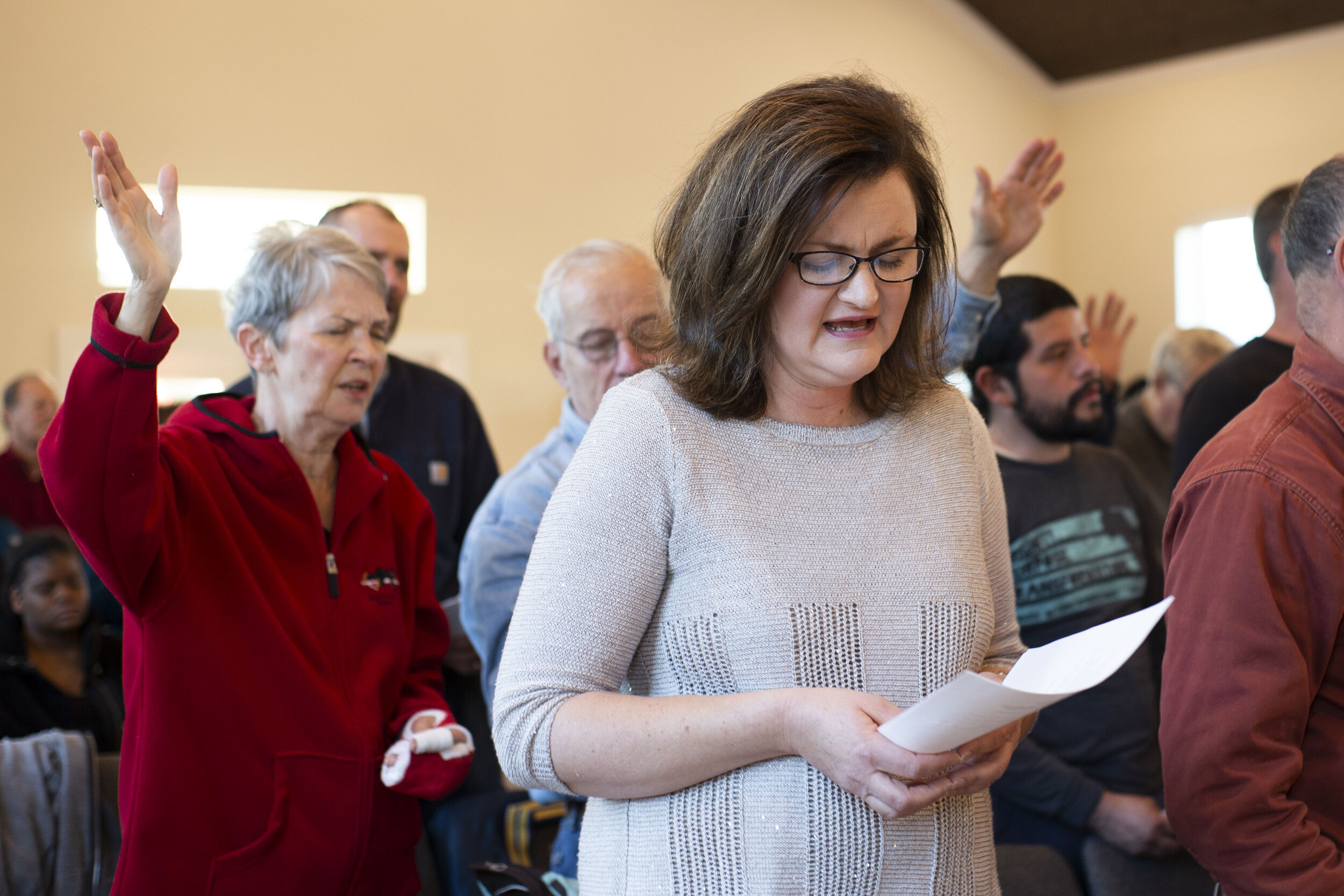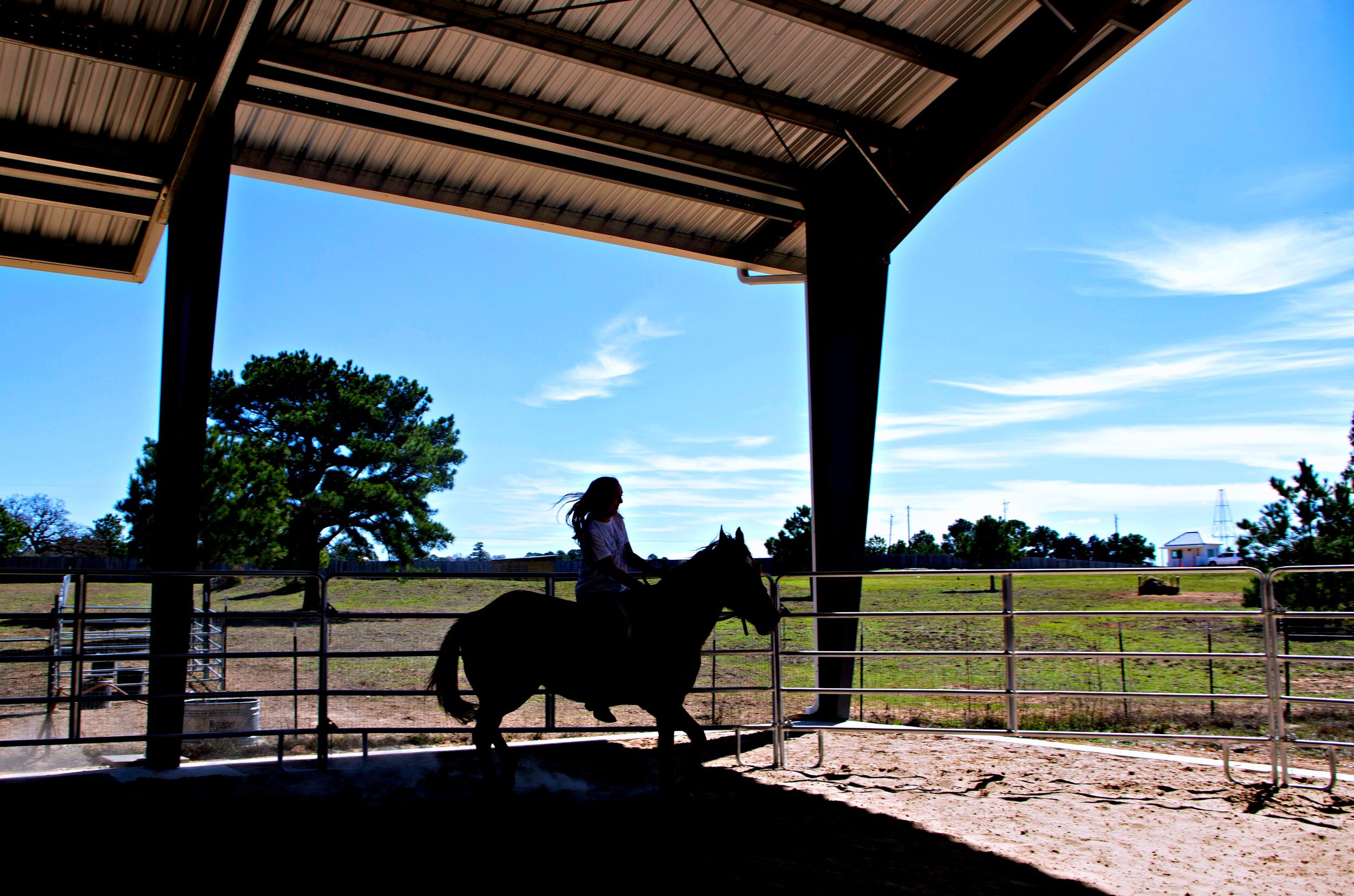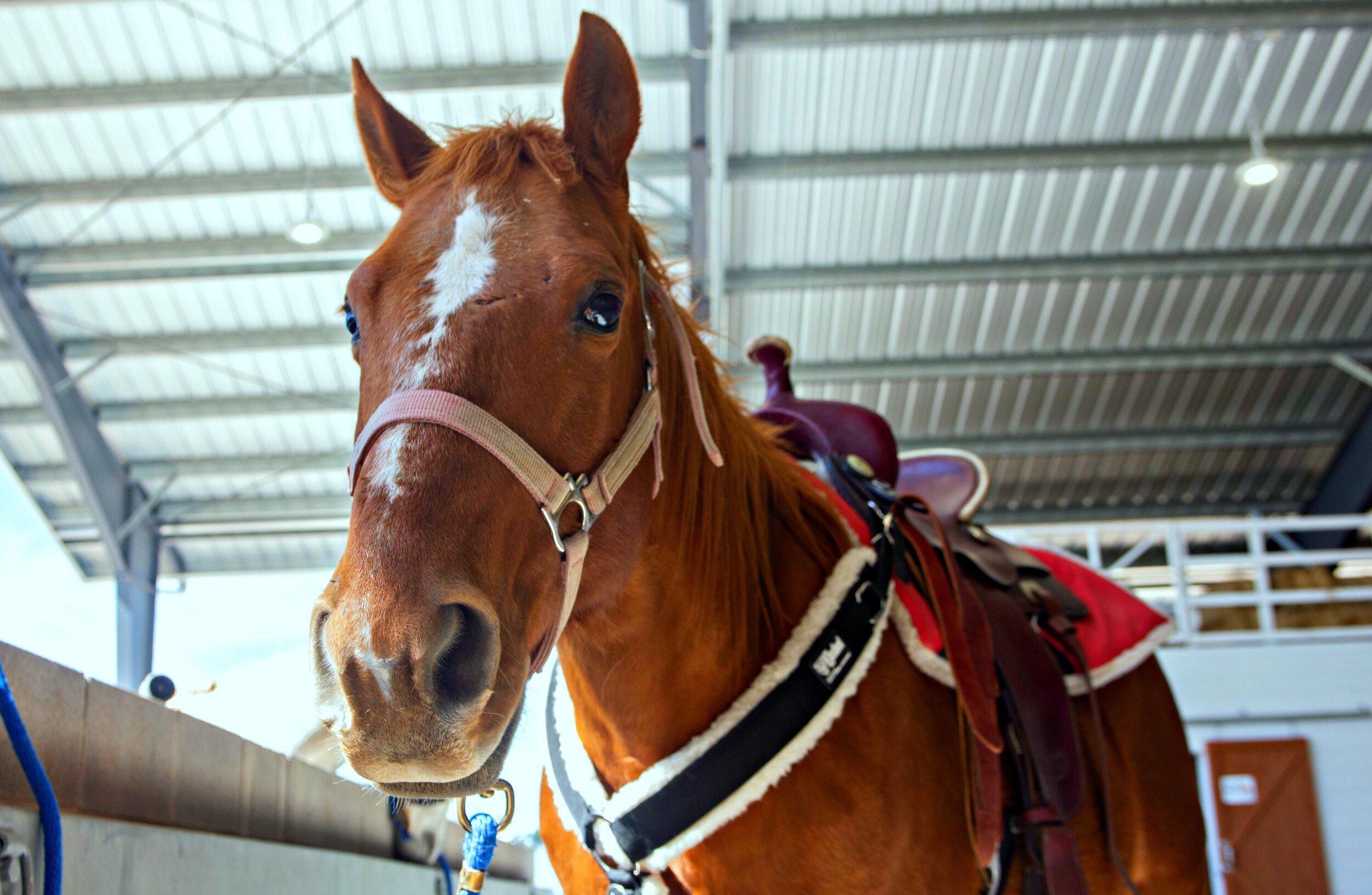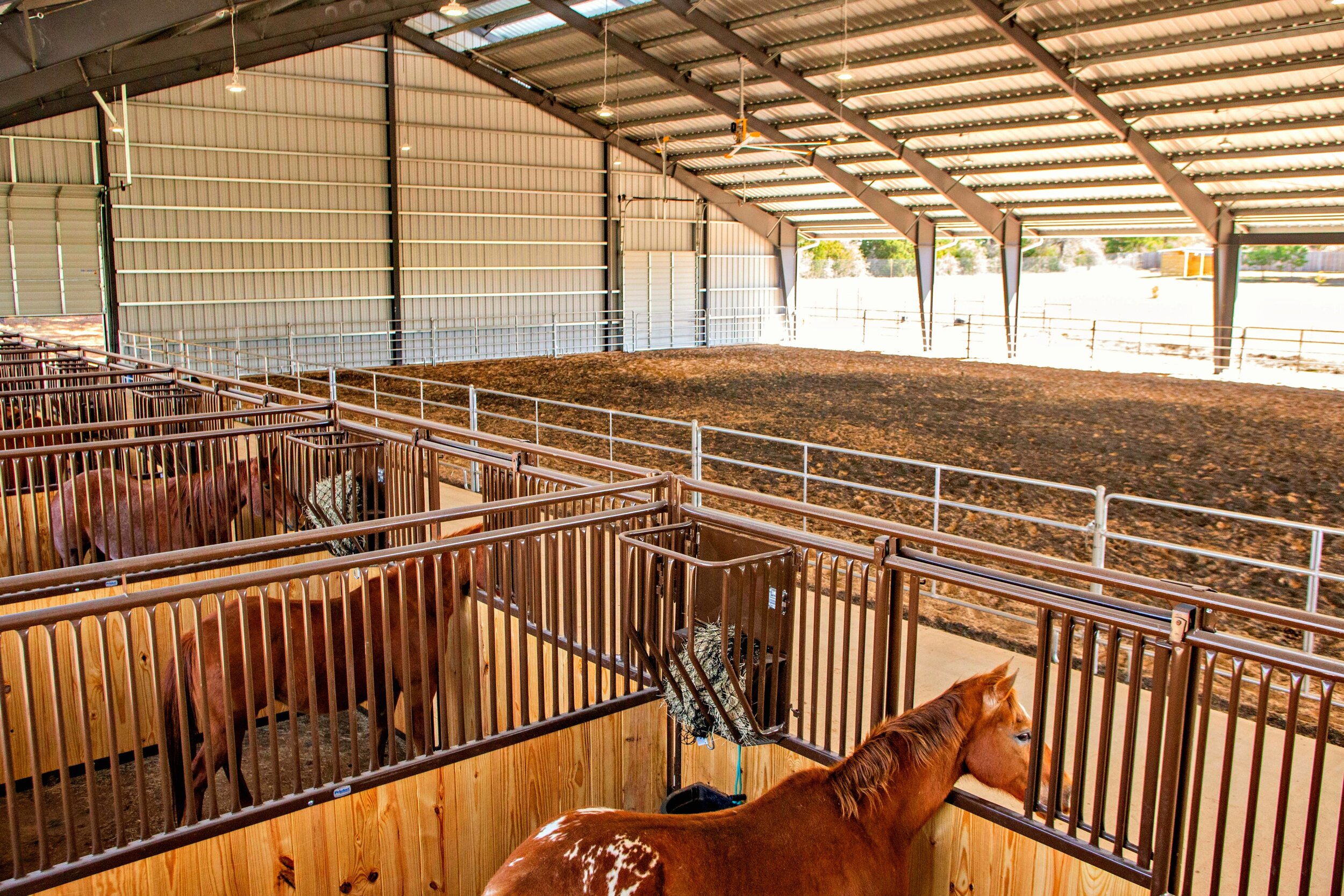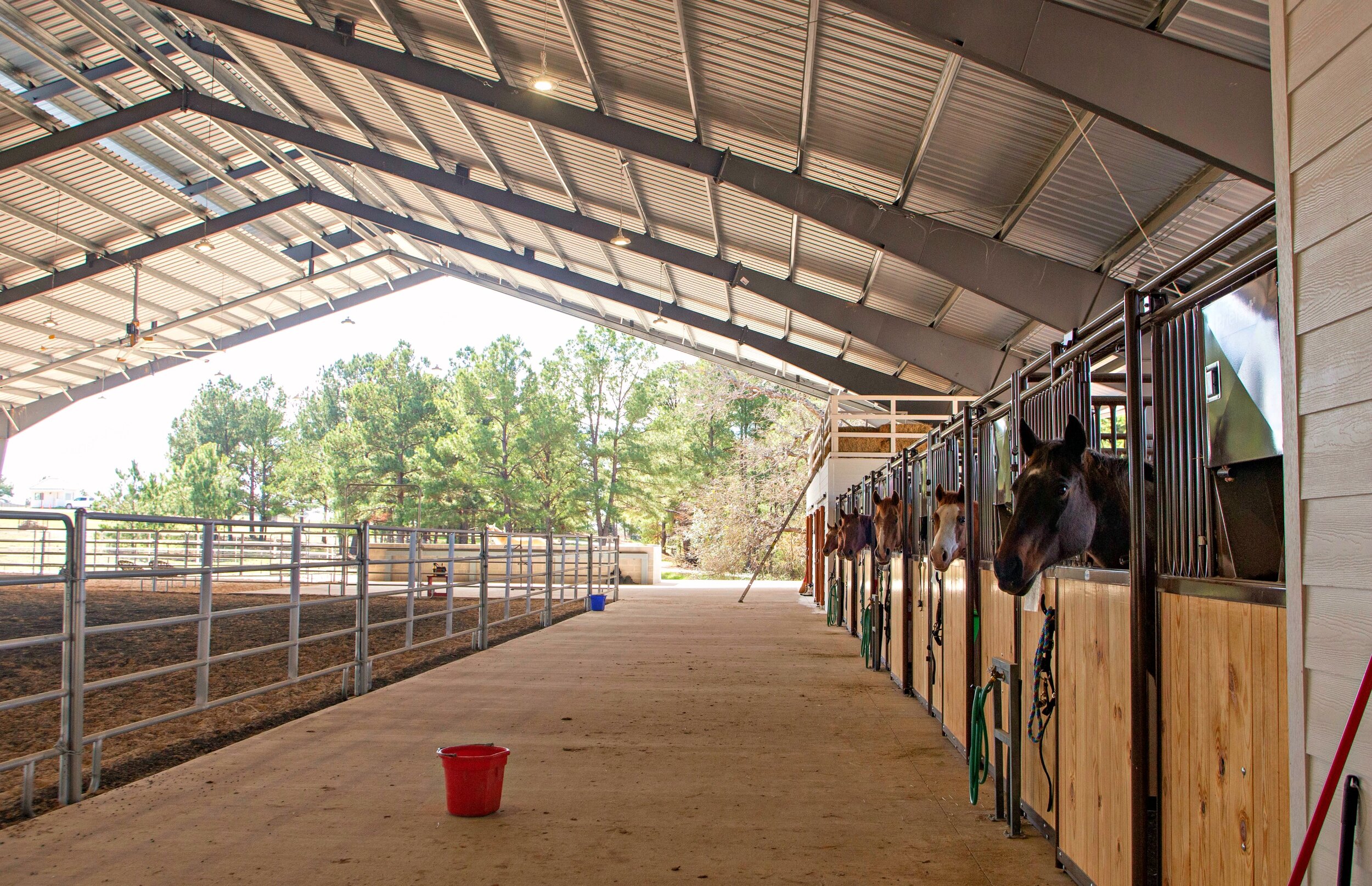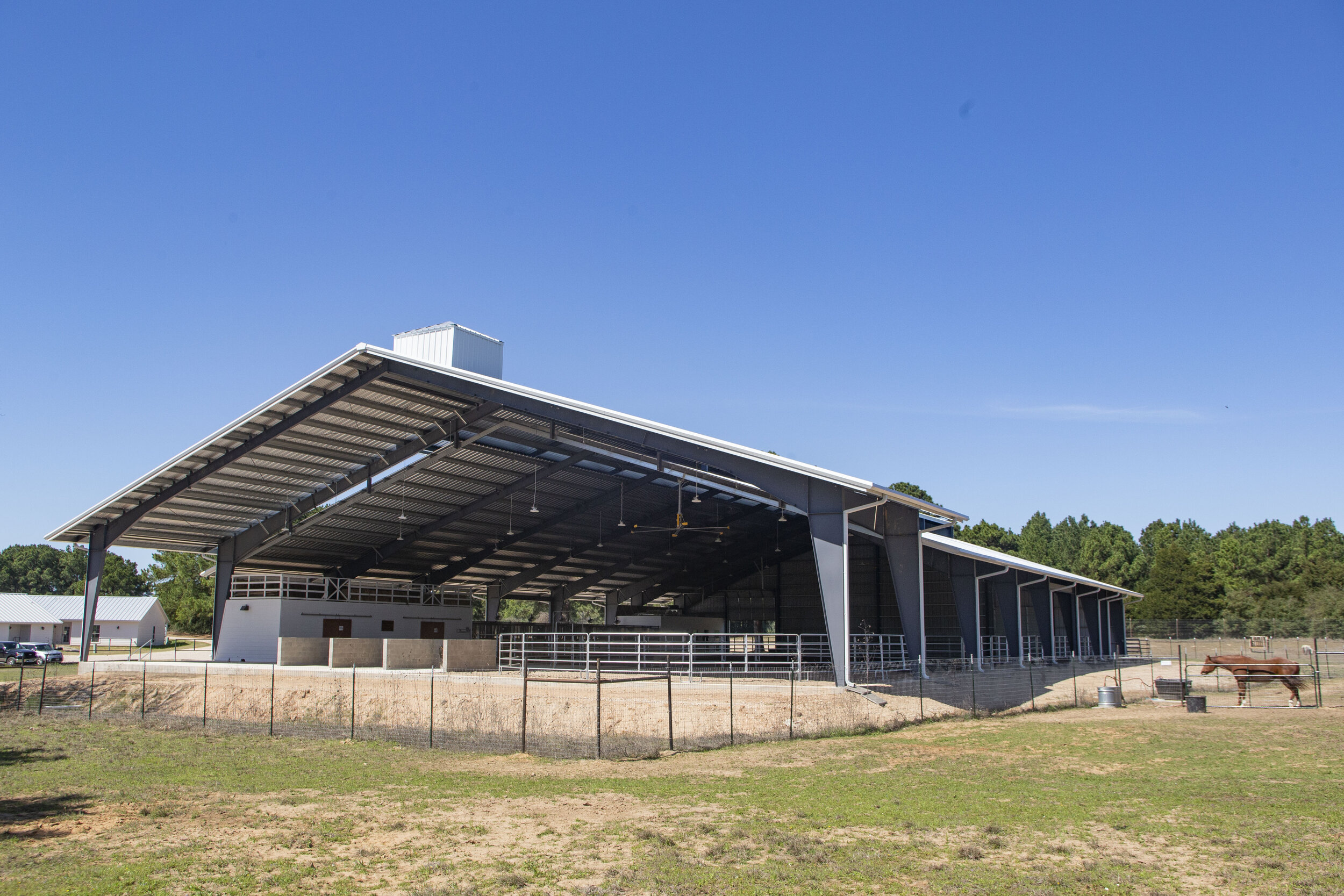EQUINE THERAPY FOR CHILD SURVIVORS OF SEX TRAFFICKING
The seven components of The Refuge Circle of Care™ appropriately and sensitively surround each girl with all the services she needs for her individualized healing plan. As part of the psychological component of The Refuge Circle of Care, equine therapy (also referred to as horse therapy, equine-assisted therapy, and equine-assisted psychotherapy) is a form of experiential therapy that involves interactions between clients and horses. Through these interactions, therapists and survivors can identify and address a range of emotional and behavioral challenges.
As a herd animal, a horse’s survival depends on its ability to read emotions and react accordingly. If an approaching predator makes one member of their herd stressed and frightened, they will all become stressed and frightened. Their ability to mirror emotions helps a trafficking survivor safely process her trauma one layer at a time with the guidance of her licensed clinical therapist and an Equine Program Coordinator.
Equine therapy exercises begin slowly, starting on the ground and progressing over the course of the program to riding exercises. While interacting with a horse, in the moment when a survivor is scared, she can work through her fear with her counselors. When she feels safe and there is trust, then she can calm herself and breathe through her anxiety. When similar fears arise later, the methods she learned in the controlled environment of the Equine Therapy Center round pen and arena can be applied in everyday situations to help her self-regulate and overcome her fear.
The size and strength of a horse is formidable and hard to ignore. How each child behaves toward her horse is a direct reflection of how she faces her own seemingly insurmountable trauma. Trafficked children are often frozen in a hyper-vigilant, fight-or-flight survivor mode that stresses their bodies and inhibits brain development. Through mundane horse care and stable management, children who have endured long-term, complex trauma learn to relax and flourish. While working with horses, a child can work through her triggers in real time. These realizations can lead to therapeutic breakthroughs when guided by her counselors. The horses at The Refuge Ranch act as a bridge, helping each girl reconnect both to themselves and those around them.








